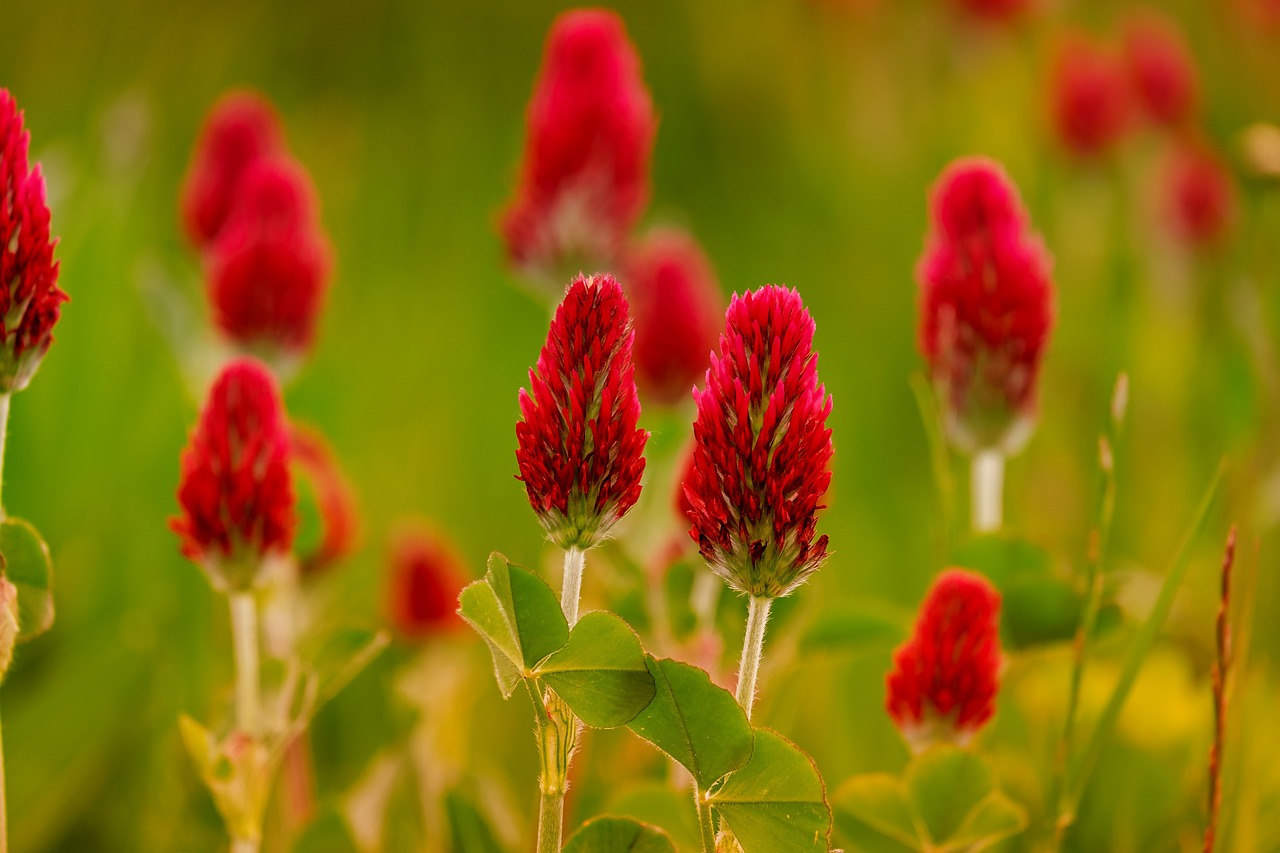Butterfly pea: Features and Care

The butterfly pea is a tropical plant known for its striking blue flowers. Popular as an herbal tea, it offers a unique color-changing experience: when lemon is added, the vibrant blue tea turns a beautiful purple.
This article will cover the basics of butterfly pea, including its cultural background and growing tips.
Basic Information
- Scientific name: Clitoria ternatea
- Family: Fabaceae (Legume family)
- Origin: Southeast Asia (Thailand, Myanmar, India, etc.)
- Appearance: Butterfly pea produces bright blue, butterfly-shaped flowers, with vines that grow up to about three meters, making it suitable for decorating fences or trellises. The flower’s shape resembles a butterfly, hence the name.
- Blooming season: Early summer to fall, although it can bloom year-round in warmer climates.
Cultural Significance Around the World

In Southeast Asia, butterfly pea is widely appreciated for culinary and decorative purposes. The blue tea made from butterfly pea flowers is popular in Thailand and Myanmar. Adding lemon or lime juice creates an acid reaction that changes the color to purple, providing a color-changing experience in beverages. In India, the flower is often used as a natural food dye in traditional dishes.
The beautiful blue color comes from anthocyanins, which also makes butterfly pea popular as a natural dye. Recently, it has gained attention as a natural food coloring in Europe and America, where it is growing in popularity.
Historical Episodes
Butterfly pea has long been valued in Ayurvedic medicine, an ancient traditional medicine system in India. In Indian tradition, the blue flower symbolizes wisdom and memory. Its vivid blue color was believed to enhance focus and knowledge during meditation.
The flower was also used as an herbal remedy in ancient China, where scholars and intellectuals were drawn to its properties. Throughout Asia, butterfly pea has held a special place as a symbol of wisdom, cherished for centuries.
Gardening Advice
Butterfly pea thrives in warm climates with plenty of sunlight and good air circulation. The plant prefers well-drained, fertile soil with moderate moisture to avoid dryness. While it is tolerant of heat, it is not frost-resistant and will die back if temperatures drop. In colder climates, bring the plant indoors before winter or treat it as an annual.
During the growing season, applying fertilizer rich in phosphorus encourages blooming. Because butterfly pea is a climbing plant, it benefits from support structures like trellises or fences, maximizing space while allowing the flowers to cascade beautifully. Once flowers have bloomed, removing them promptly encourages new buds.
Conclusion

The butterfly pea is an eye-catching plant with its vibrant blue flowers and climbing habit, making it a wonderful addition to any garden. With proper care in warm conditions, it will reward you with a prolonged display of color.
Consider adding butterfly pea to your garden or balcony, and explore its uses for tea, dyeing, and more colorful activities.




